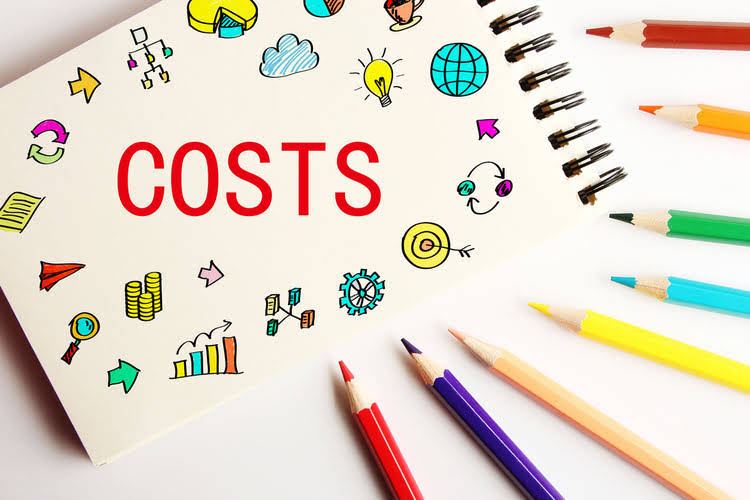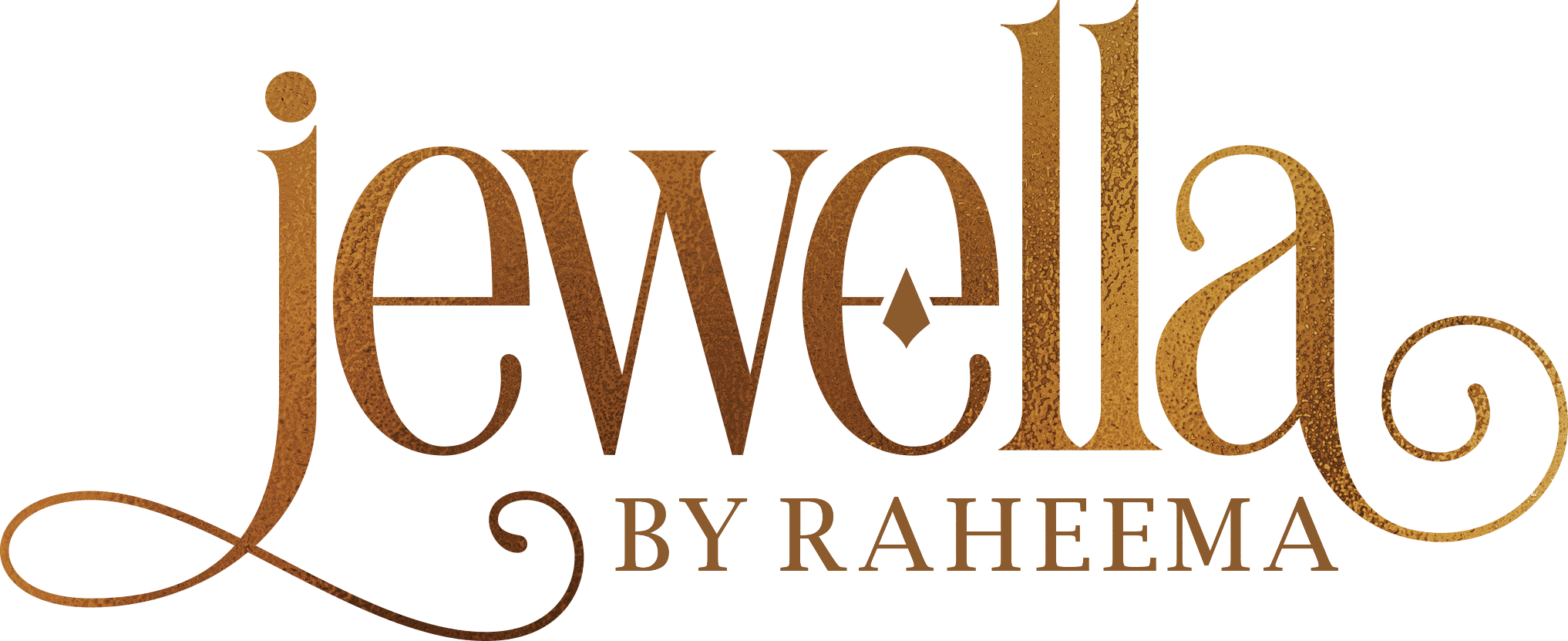Decision Making Framework: A Guide to Smarter Choices

It aids in visualizing and evaluating the forces influencing a situation and facilitates the development of strategies to strengthen the driving forces or mitigate the restraining forces. This framework is beneficial in change management, strategic planning, and any context where understanding https://www.bookstime.com/ the dynamics of influence is critical to making informed decisions. Decision-making frameworks and models provide systematic methods to evaluate options and prioritize actions. A total of 1518 records were identified during the database and website searches (see Supplementary material).
- To our knowledge, no competency frameworks are currently aimed at public health professionals focussed on using simulation modelling to support decision-making.
- We believe an integrated competency framework is more appropriate for informing general graduate-level public health education.
- Correctly identifying the problem is essential to effective decision making.
- Think of this as a minimal version of the RACI chart we covered above.
- There are important overlaps between these approaches, and they may be combined in single projects.
- There might be grumbling or disagreements, but this is the moment when you explicitly become the owner of the decision,” says Rajaram.
What are the steps involved in implementing a decision-making framework in a business setting?
Transparency in these frameworks ensures consistency and collective understanding within the team. Innovative business models are at the core of strategic adaptation in the face of disruption. AI’s ability to digest and analyze vast quantities of information means decisions can be based on a comprehensive data analysis, transcending human limitations. Predictive analytics is becoming an integral part of strategic foresight, enabling leaders to model various scenarios based on extensive data sets. Conducting a thorough outcome analysis helps establish the value a decision adds to an organization.
A competency framework on simulation modelling-supported decision-making for Master of Public Health graduates

Decision-making frameworks, such as the Cynefin framework and the Eisenhower Matrix, offer structured approaches to tackle complex decisions. Critical elements in decision making include setting clear goals, understanding the importance of organizational values, and recognizing the role of leadership in steering the process. The decision-making process involves a sequence of steps that guide an individual or organization from identifying decision making framework a problem to choosing a course of action. A decision-making framework serves as a structured approach to evaluate options and consequences, ensuring that decisions are made systematically rather than haphazardly. Whatever the framework you chose, remember that they serve you, not the other way around. Be smart and apply some critical thinking to each decision you make even if they were brought up from a solid framework exercise.
Integrating Innovative Business Models
Developed by Dave Snowden, the Cynefin Framework categorizes decision-making contexts into simple, complicated, complex, and chaotic domains. Each of these domains requires different approaches and strategies, making it a versatile guide to navigate decision-making under varying levels of uncertainty and complexity. This framework is particularly beneficial in decision contexts requiring complex multi-criteria evaluations, such as in engineering, environmental management, and policy-making. Root Cause Analysis is a method for identifying the underlying causes of a problem or decision situation. It involves asking “why” repeatedly to trace back the chain of events and factors contributing to the issue, thus enabling targeted solutions.

A Framework for Leaders Facing Difficult Decisions
But I’ve found that people are enormously relieved when they hear that you’re grabbing the baton and accepting responsibility for a decision. Using the “CEO prerogative” — to make the final call — isn’t something you ought to need every day. As long as you do it sparingly, you can actually make your employees more comfortable, and engender more trust by pulling the trigger, logically explaining your choice and sticking with it.
This is the realm of “known unknowns.” Here, leaders must sense, analyze, and respond. Simple contexts are characterized by stability and cause-and-effect relationships that are clear to everyone. In this realm of “known knowns,” leaders must first assess the facts of a situation—that is, “sense” it—then categorize and respond to it. To compare multiple options without emotions, opt for the Decision Matrix. This decomposition allows us to see that the solution variation “Public transport” doesn’t provide any benefits.
- Just have in mind that they work well in the solitude of your workstation too.
- It’s perfectly acceptable to broaden both frameworks’ applicability beyond your roadmap.
- However, by putting the focus on team collaboration, it can also be used for large decisions where you want more input and consensus as possible.
- It is particularly useful in change management and strategic planning, where understanding the balance of forces can inform effective strategies.
- Fewer than half of the 1,200 respondents of a McKinsey survey report that decisions are timely, and 61 percent say that at least half the time they spend making decisions is ineffective.

